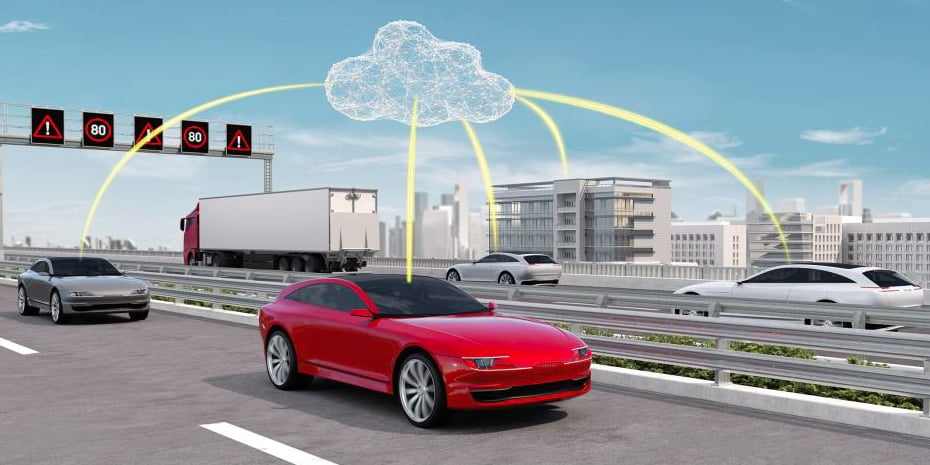
Dashboards of modern cars almost resemble those in airplane cockpits. And the amount of software installed is in no way inferior to that of airplanes either. Often, they even surpass those in airplanes. However, this software must also be kept up to date with the latest updates. Here, over-the-air (OTA) updates – which have long been common practice for smartphones – offer a good way of always being up to date.
Vector Informatik, the German company based in Stuttgart, has now unveiled vConnect, a new over-the-air solution that uses a continuous, modular framework. Vector is offering the vConnect Evaluation Bundle, which is already available, as an entry-level solution. This is intended to enable users “to quickly gain practical experience with automotive OTA and benefit from a wide range of customized application options.”

Basis for development of customized OTA applications
vConnect covers the three most important automotive OTA-user scenarios: OTA software updates (SOTA), live diagnostics, and data acquisition. The vConnect framework forms the basis for the development of customized OTA applications. Which, according to Vector Informatik, are optimally protected from the very outset thanks to integrated end-to-end security features. “It was developed with ‘secure by design‘ as the top priority.” In addition to that, integration into existing business systems and basic application development is also possible.
In the vConnect Evaluation Bundle, the VN8810 diagnostic hardware is connected to the vehicle via the OBD interface (On-Board Diagnostics). It features a secure communication channel to the backend system. New software updates can thereby be “loaded onto the vehicle and specific diagnostic sequences can be performed,” the company states.
Aside from the VN8810 diagnostic hardware with the vConnect on-board components, the vConnect Evaluation Bundle also incorporates access to the personalized backend service in the Vector Cloud. “With vConnect, established Vector offboard diagnostics and flash tools can be easily integrated into an end-to-end OTA scenario. This supports both offboard and onboard use equally well.”








